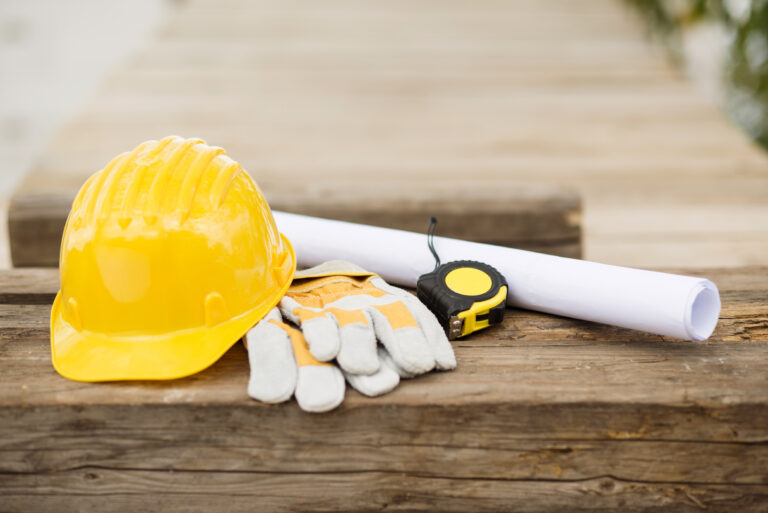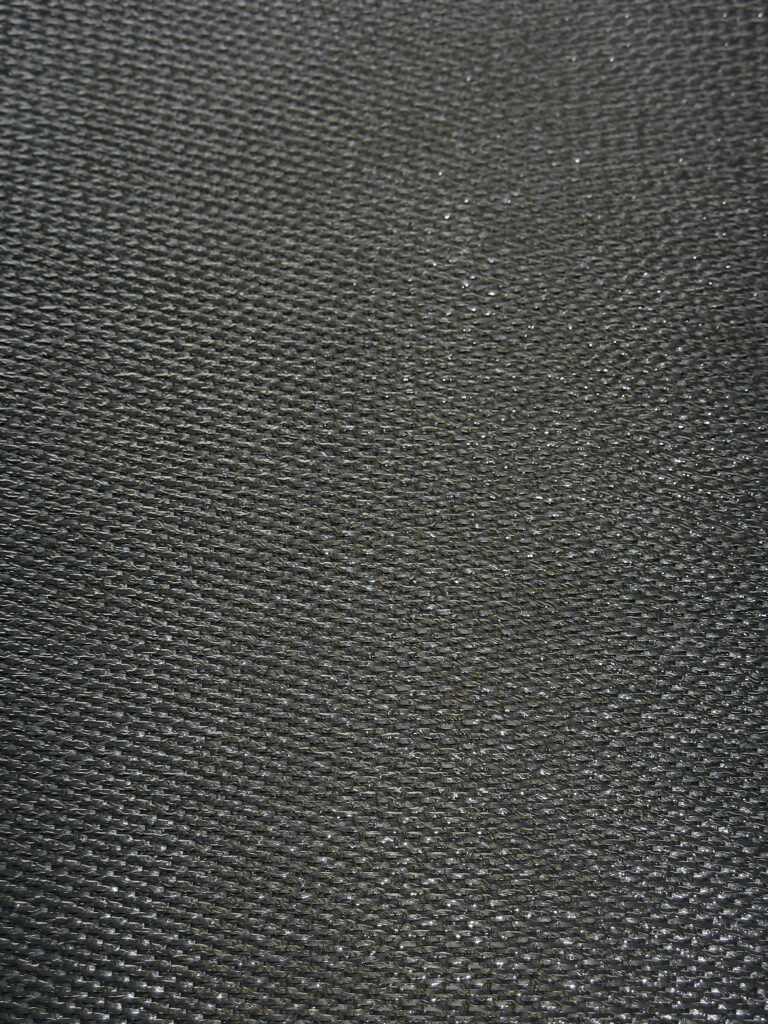How to Protect Your Family from the Harmful Effects of Mold: Simple Steps for a Safer Home
Mold is a common problem in homes, and it can have serious health effects on your family. Exposure to mold can cause respiratory problems, allergies, asthma, and even more severe health issues such as fungal infections or chronic inflammation. In this blog post, we will discuss how you can protect your family from the harmful effects of mold by taking simple steps to create a safer home environment.
Introduction to Mold and Its Health Effects
Mold is a type of fungus that grows in damp, dark places. It thrives in areas with high humidity or moisture levels, such as bathrooms, kitchens, basements, and attics. When mold spores are inhaled or ingested, they can cause a range of health problems. Some people may experience symptoms such as sneezing, runny nose, congestion, coughing, or skin irritations. Others may develop more severe reactions, including difficulty breathing, fever, chills, or headaches.

Common Sources of Mold in Homes
There are many sources of mold in homes, including leaks, floods, poor ventilation, and high humidity levels. Common areas where mold tends to grow include walls, ceilings, carpets, furniture, and appliances. To prevent mold growth, it’s essential to identify these potential sources and take action to address them.
Signs and Symptoms of Mold Exposure
The signs and symptoms of mold exposure can vary depending on the individual and the severity of the exposure. Some common symptoms include:
Respiratory problems, such as wheezing, shortness of breath, or lung infections
Allergies, including sneezing, runny nose, or itchy eyes
Asthma attacks
Skin rashes or irritations
Headaches or fatigue
If you suspect that you or someone in your family has been exposed to mold, it’s important to seek medical attention and consult with a doctor.
How to Prevent Mold Growth in Your Home
To prevent mold growth in your home, there are several steps you can take:
1. Identify potential sources of mold, such as leaky pipes, roofs, or windows.
2. Fix any water damage or leaks immediately.
3. Improve ventilation by opening windows or using fans.
4. Use dehumidifiers to reduce humidity levels.
5. Clean surfaces regularly, including walls, floors, and furniture.
6. Keep indoor temperatures between 68°F and 70°F.
When to Call a Professional for Mold Remediation
In some cases, mold growth may be too extensive for DIY remediation methods. If you notice large patches of mold or if the source of the mold cannot be identified, it’s best to call a professional for mold remediation. A professional can assess the situation and provide guidance on how to safely remove the mold and prevent future growth.
Conclusion: Taking Action Against Mold
Protecting your family from the harmful effects of mold requires vigilance and proactive measures. By identifying potential sources of mold, fixing water damage, improving ventilation, cleaning surfaces regularly, and calling professionals when necessary, you can create a safer and healthier home environment for everyone.




